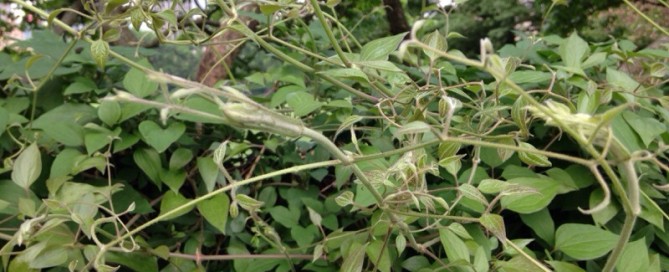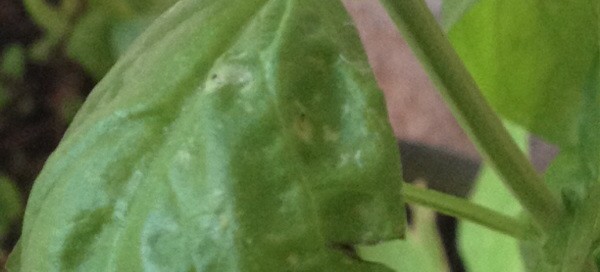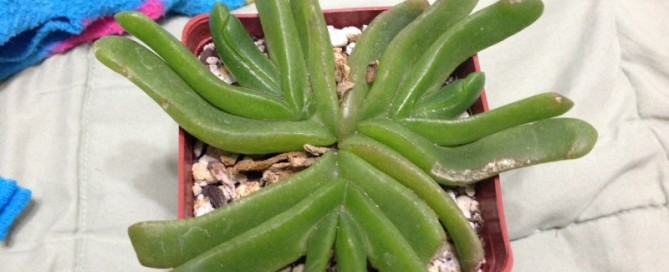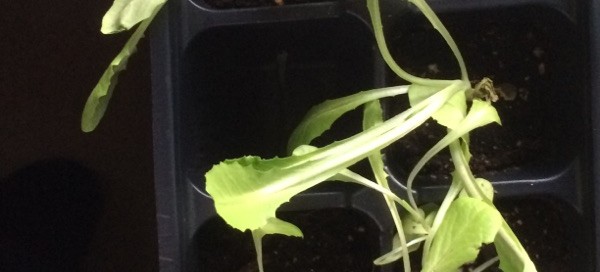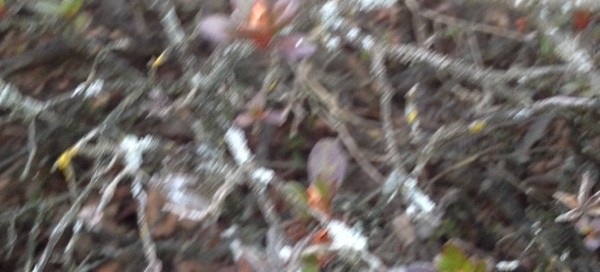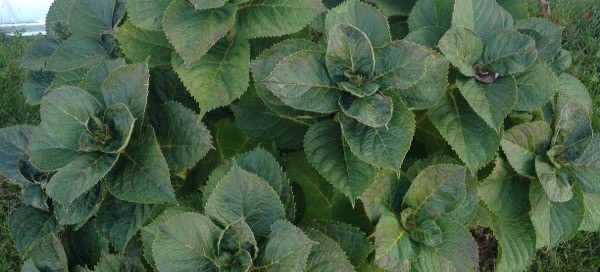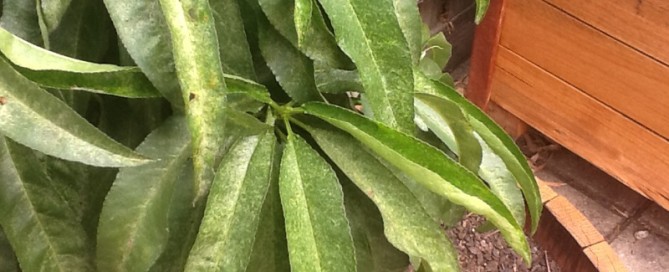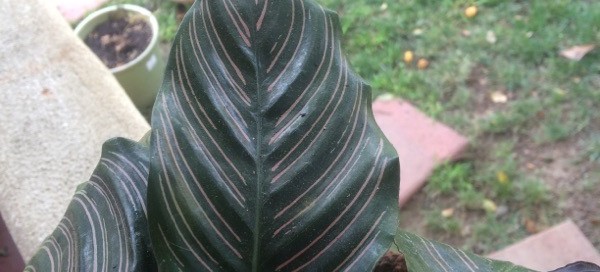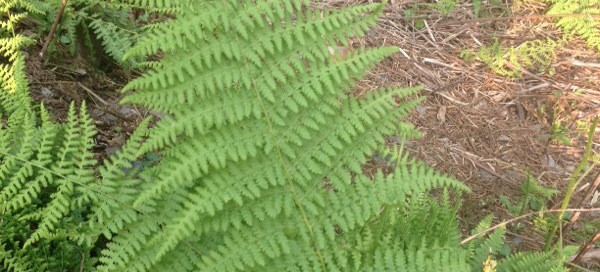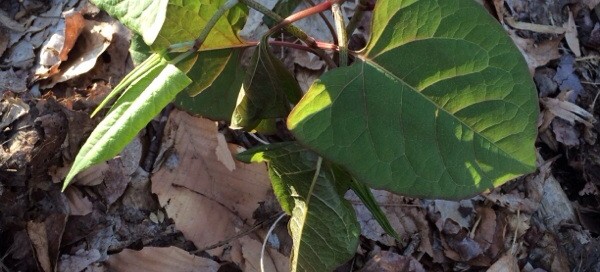Clematis
Your plant appears to be a lovely Clematis. Clematis is slow to get established. Often it can be three years before they really start to climb and flower. Clematis grow and flower best in full sun, with their roots mulched or shaded and their faces in the sun. Water regularly and feed with a slow-release or organic fertilizer formulated for blooming plants. If brought indoors during the winter months, provide as much bright light as possible and keep moist but not soggy. Do not allow plant to sit in water as this may lead to root rot. Take outdoors when weather is no longer frosty.
Consult a garden center knowledgeable about clematis or visit: International Clematis Society Homepage
clematisinternational.com/ for more information on clematis.
